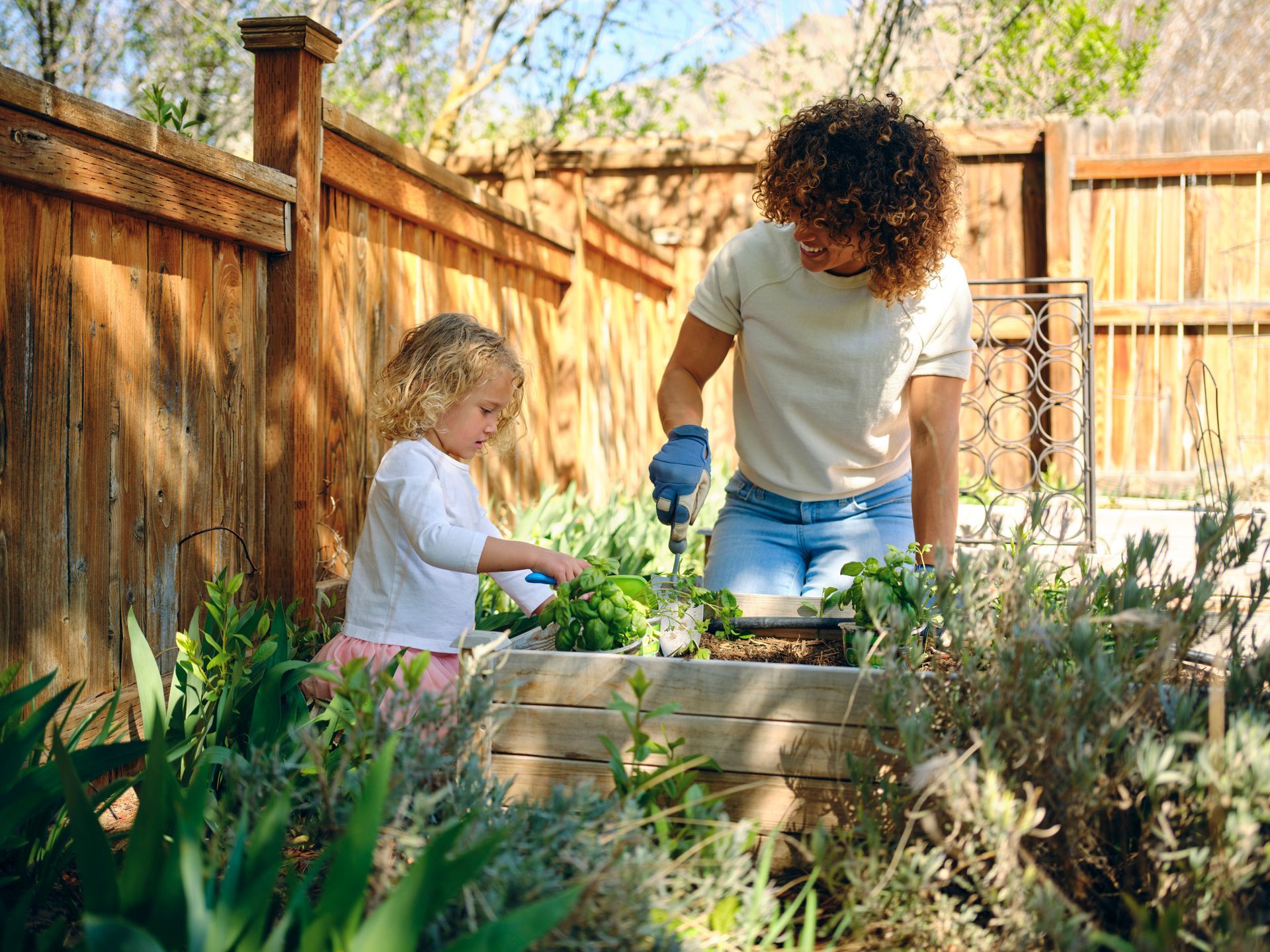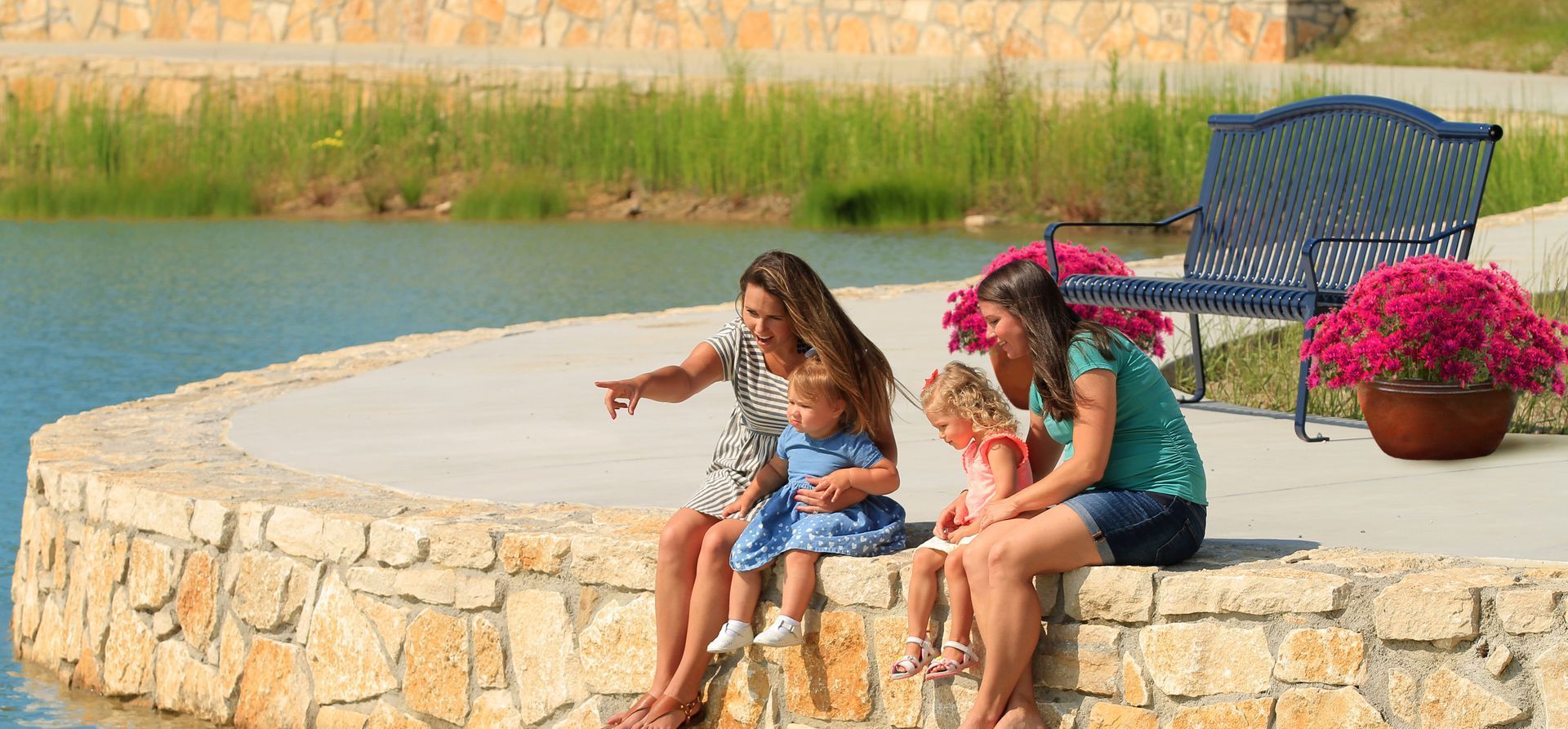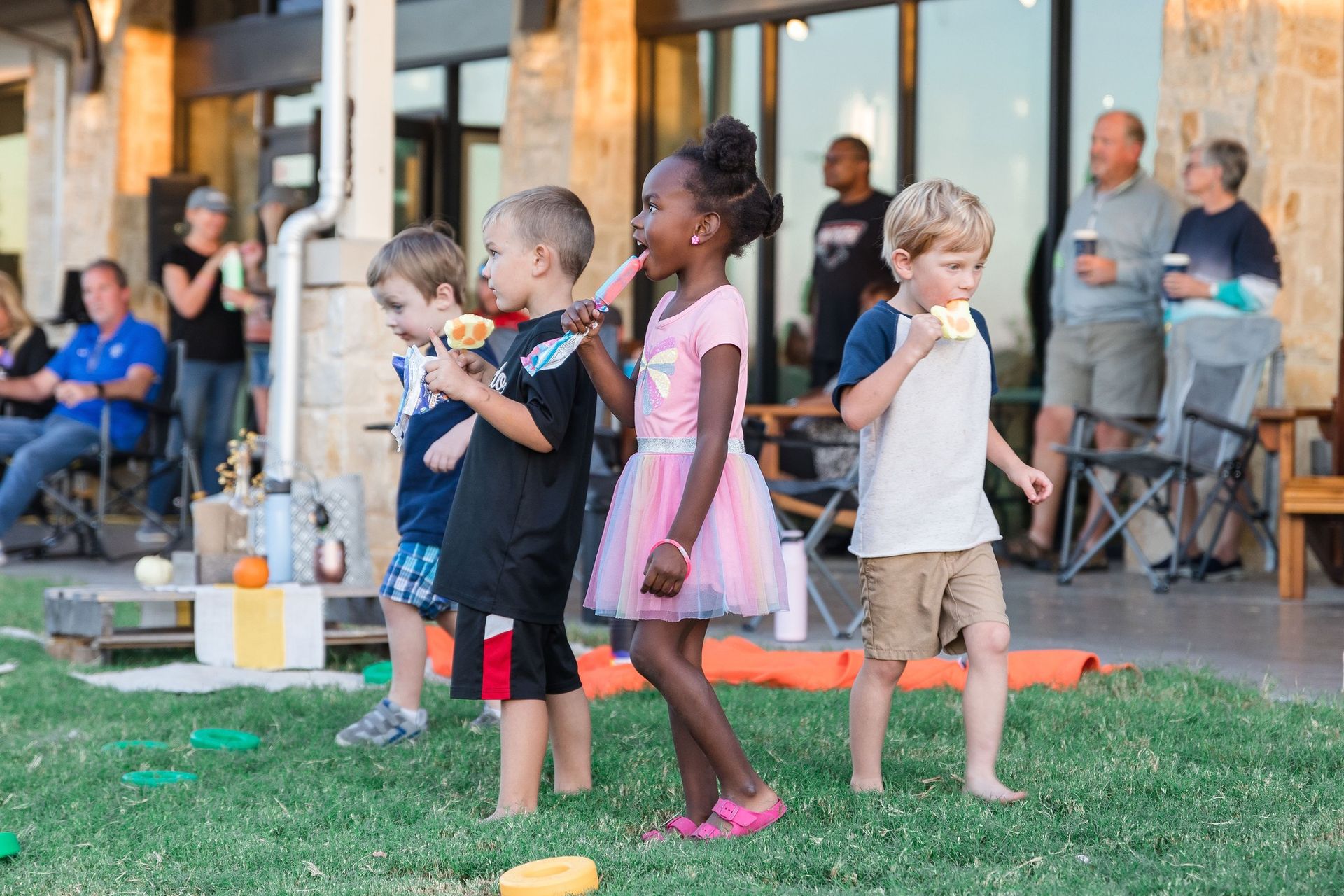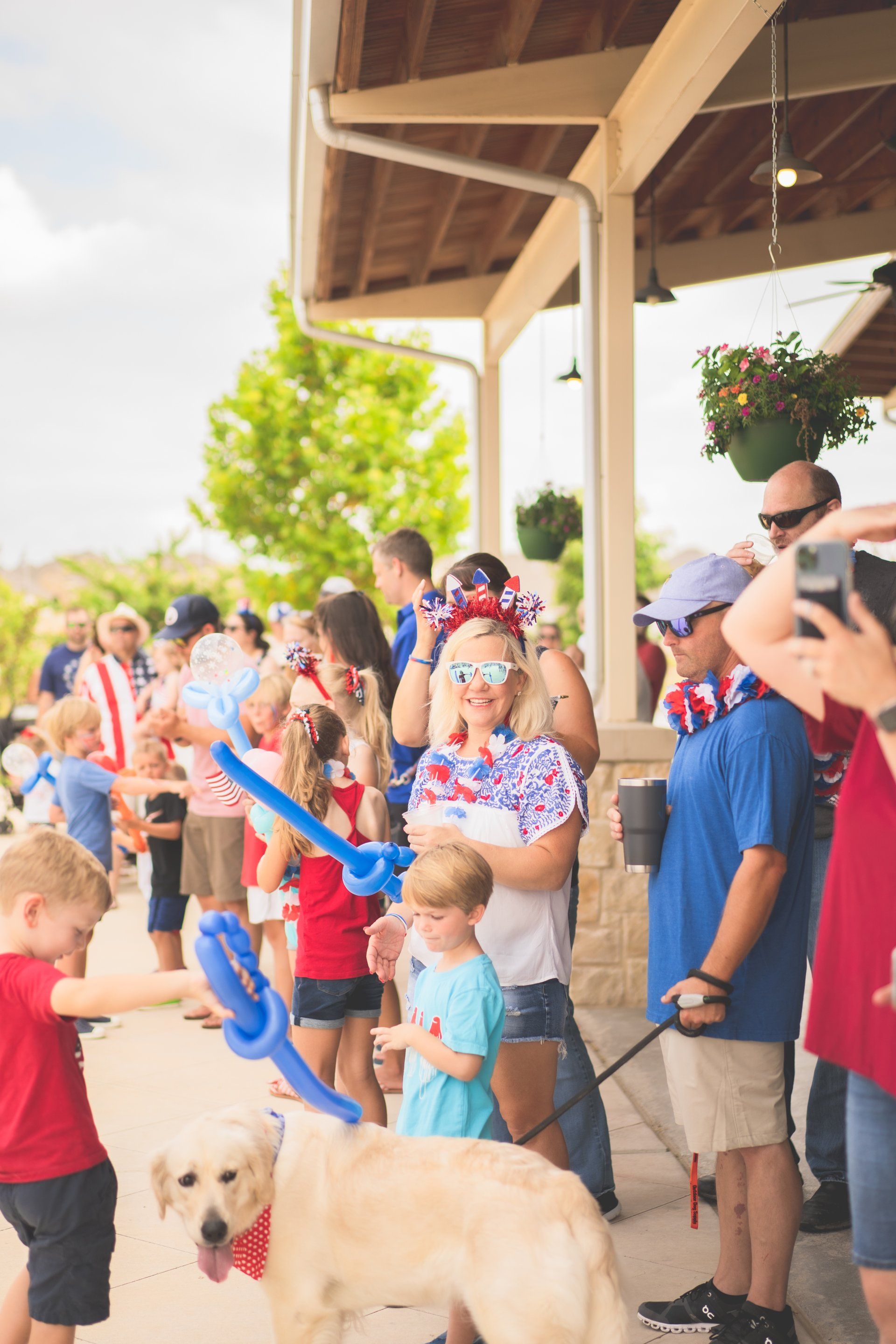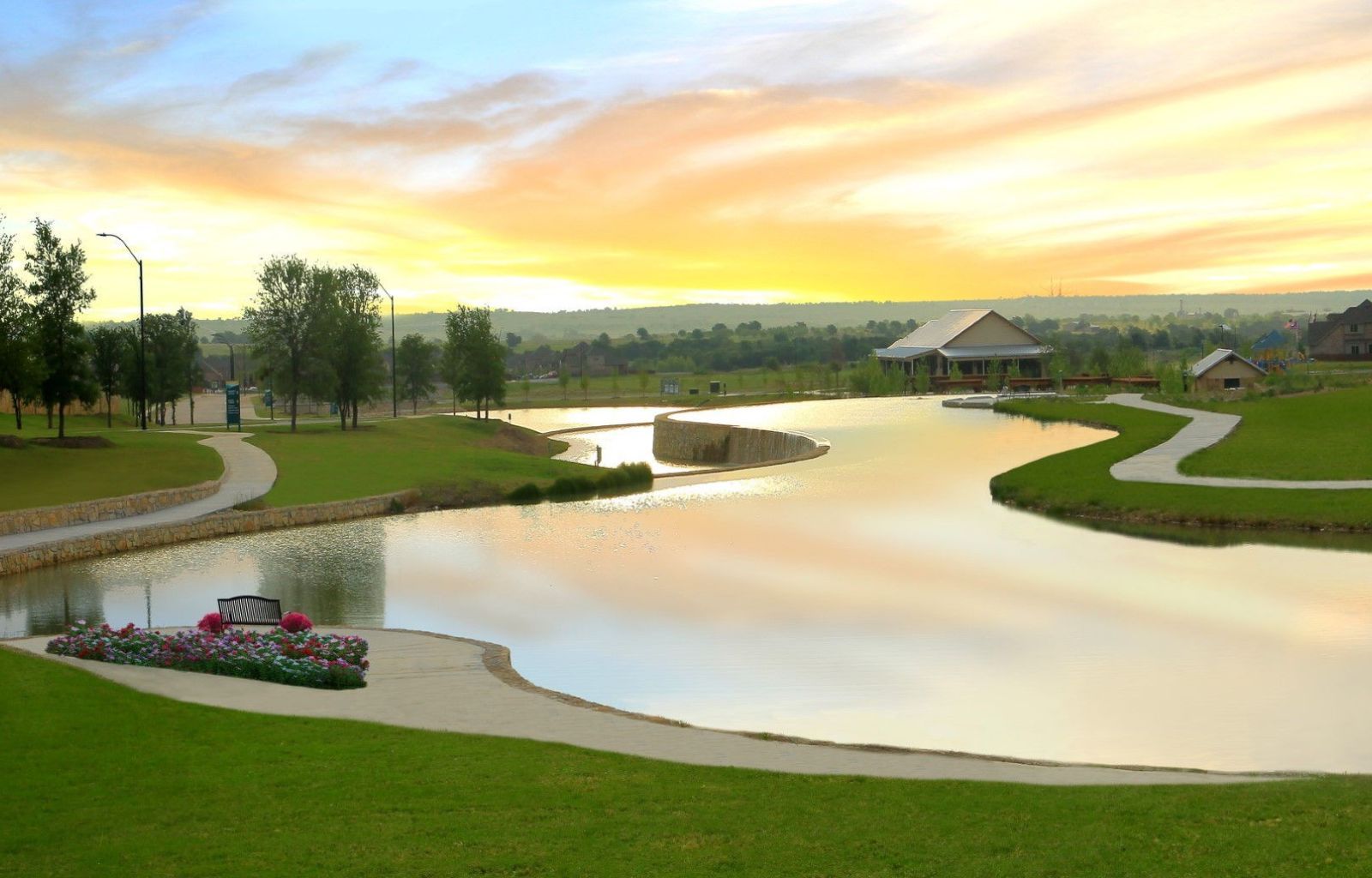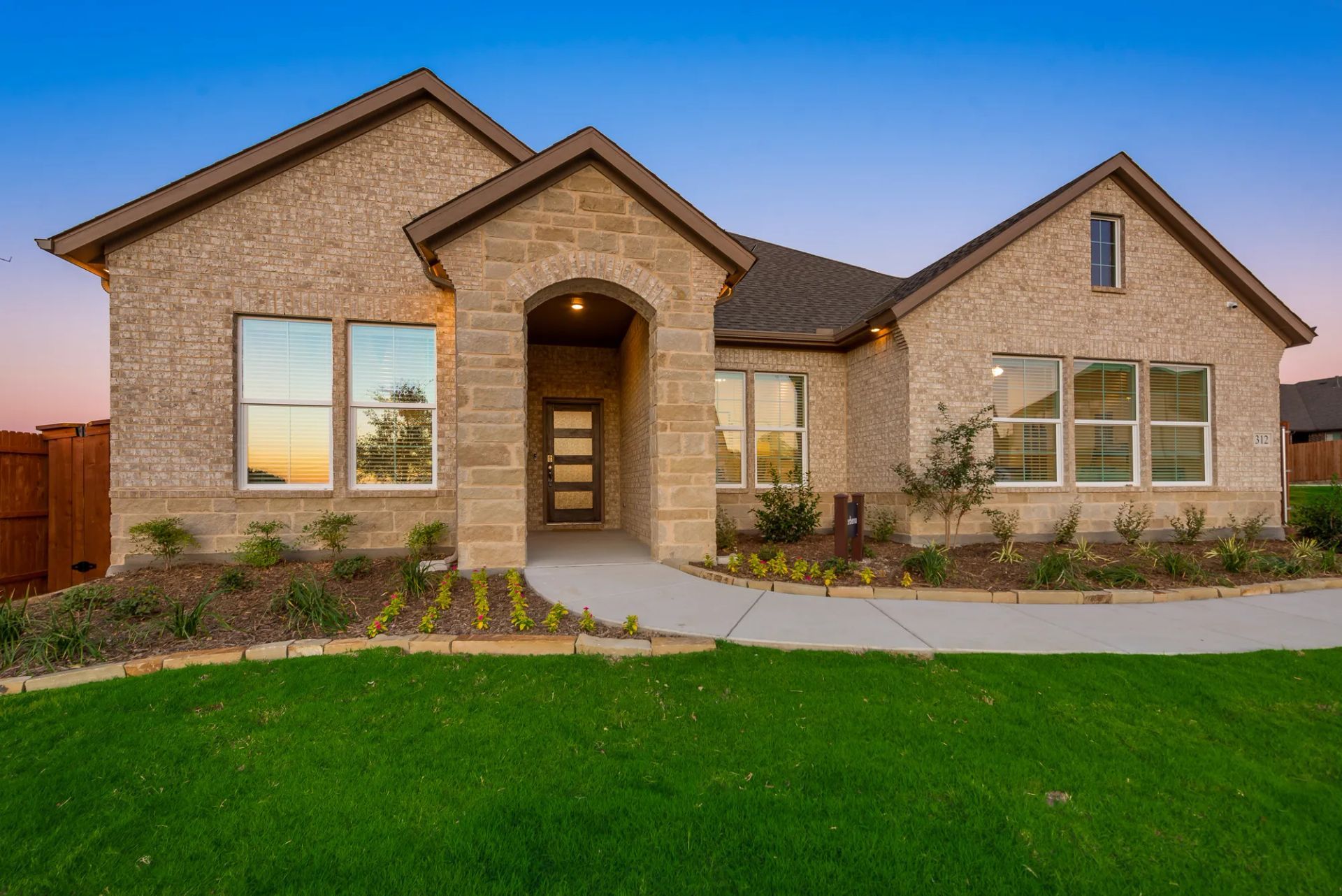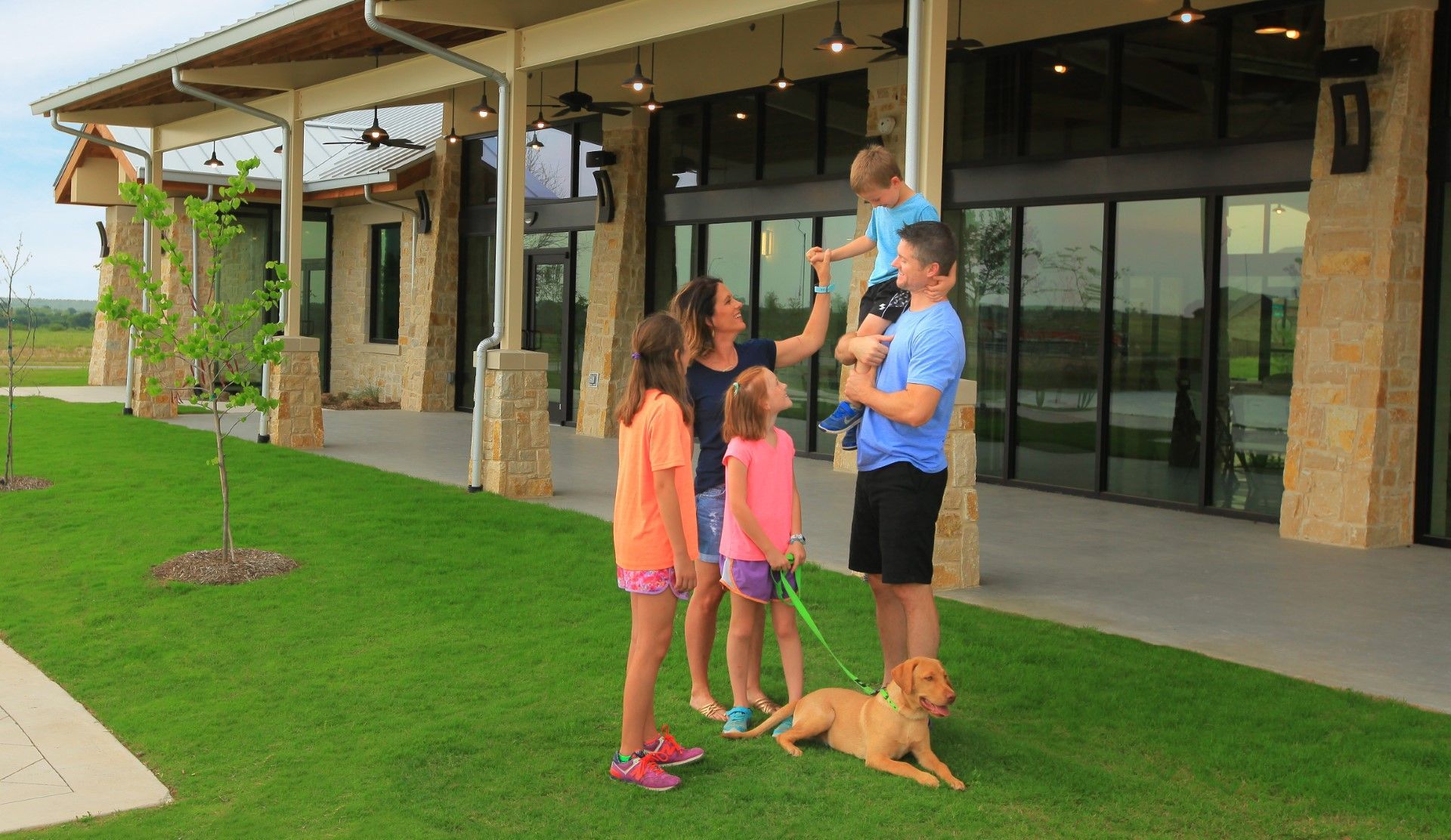Are You Gonna Eat That?
Community gardens have a rich history that’s intertwined with social movements, urban development, and environmental awareness. Examples abound. Liberty Gardens were developed during WWI and Victory Gardens sprouted up during WWII. In the 1970’s, the Green Guerrillas in New York City battled urban decay by reclaiming vacant lots and turning them into food-producing gardens, sharing the work with a local group of like-minded people.
At Morningstar DFW, an upscale master-planned community just fifteen minutes from Ft. Worth, a community garden is one of many special amenities. Community gardens aren’t just about sustainability. It’s more than that. Gardening together provides a greater sense of community and a higher degree of connection among homeowners.
Fast Forward to 2025
A community garden is one antidote to the hyper-connected, fast-paced world we live in. Community gardens serve as spaces where people can grow food, learn about eco-friendly practices, and build stronger communities. Morningstar DFW built a shared garden because it shows that small-scale community efforts can lead to significant positive impacts for both people and the planet
Community gardens take us back to a time when growing food was a communal effort, sharing the harvest was a way to care for one another, and nurturing the soil went hand in hand with nurturing relationships.
How Gardens Build Communities
Here's a detailed look at how a community can come together to grow a garden.
- The Planning Stage: Community members hold meetings or surveys to gauge interest in the garden. The community scouts for suitable locations, such as vacant lots, parks, or HOA land, and works with local authorities or property owners to secure access. Everyone is encouraged to share ideas on garden design—plot layouts, accessibility, pathways, and shared amenities like sheds or benches.
- Building and Preparation: Community members gather for "build days" to prepare the land, set up infrastructure such as fencing, raised beds, irrigation, and plant the first seeds. Experienced gardeners may teach others essential skills, like soil preparation or composting, to ensure everyone feels involved and empowered.
- Planting and Maintenance: Individual plots may be assigned to families while shared spaces are maintained collectively. Everyone has a sense of ownership and responsibility. The community organizes regular maintenance days to weed, water, and care for the garden collectively. These events also double as social gatherings.
- Community Bonding: Potlucks, picnics, or harvest festivals are organized to celebrate milestones and encourage continued participation.
Working together in a community garden is more than growing food. It’s a living example of what community collaboration and environmental stewardship can achieve.
Growing Seasons
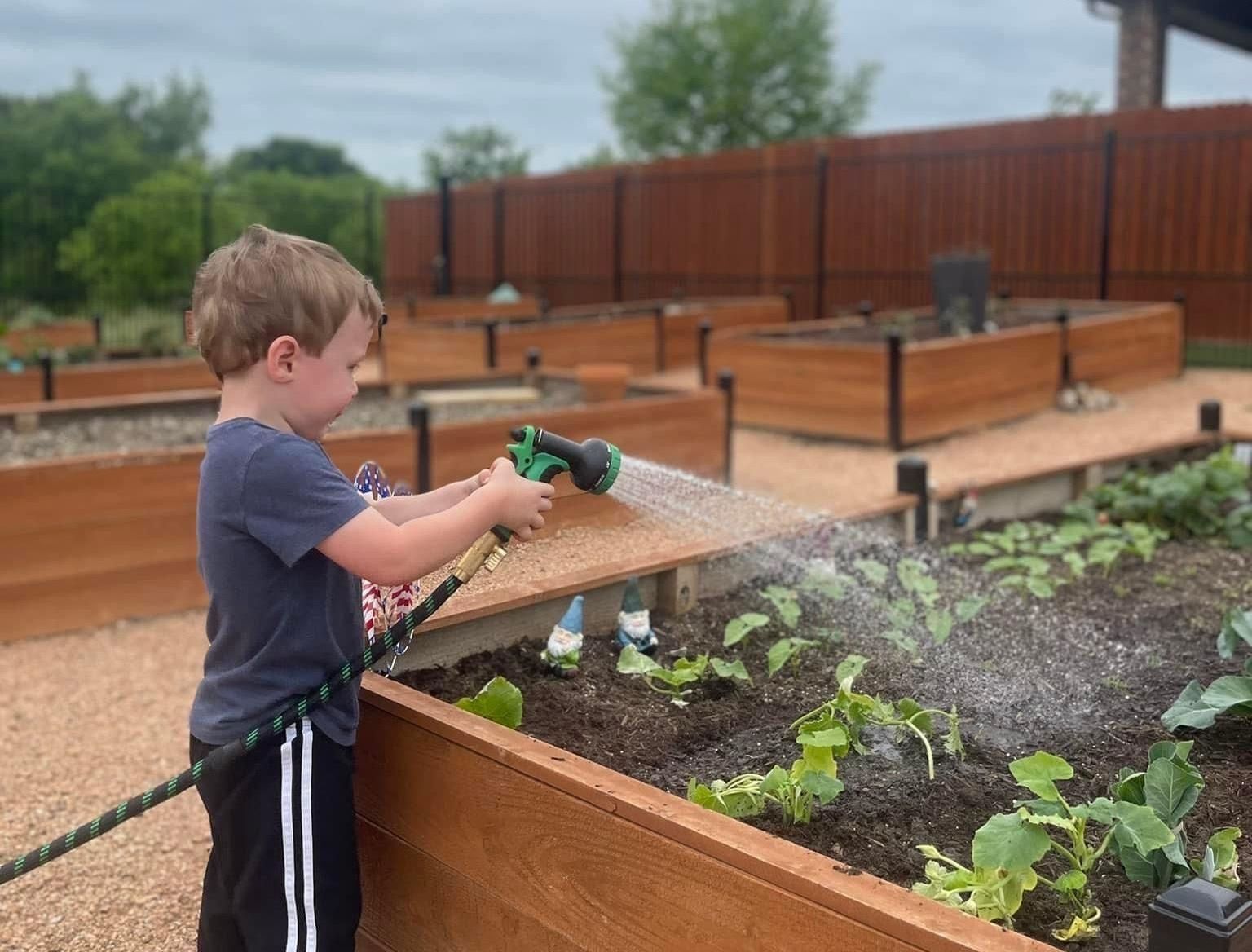
At Morningstar DFW, the planting schedule is characterized by the region, with hot summers and mild winters. Here's how you can determine what to plant and when:
- Spring Planning: Start planting cool-season crops like lettuce, spinach, and carrots from late February to early March. Warm-season crops like tomatoes, peppers, and squash can be planted after the last frost, typically in mid-March to early April.
- Summer Planting: Heat-tolerant plants like okra, sweet potatoes, and melons thrive during the Texas summer months.
- Fall Planting: Cool-season crops can be planted again in September for a fall harvest.
- Winter Planting: Hardy vegetables like kale and broccoli can be planted in late fall for winter growth.
Gardening centers and online sites like the Urban Farmer provide planting calendars tailored to North Texas and plant specific crops based on the region's climate.
Well, ARE You Gonna Eat That?
Native plants not only provide food but also support local ecosystems and require minimal maintenance. For example, wild blackberries are abundant in North Texas, and “Lamb’s Quarters” is a wild green that can be cooked like spinach or added to salads.
Tex-Mex cuisine is packed with bold, fresh flavors, and many of the vegetables and herbs used in this cooking style can be grown easily, especially in a climate like Texas. See if your mouth begins to water while reading these!
- Peppers: Jalapeños are a Tex-Mex staple and perfect for salsas, stuffing, or garnishes. Poblanos are great for roasting and making chile rellenos. Try Serranos, which are Ideal for spicier salsa and sauces. And bell peppers are fabulousa in fajitas, enchiladas, or as a crunchy raw topping.
- Vegetables: Roma tomatoes, green onions, corn, and squash.
- Herbs: Cilantro is essential for fresh salsa, guacamole, tacos, and soups. Epazote is a traditional herb to enhance the flavor of beans or soup. Flat leaf parsley is perfect when used in Mexican dishes or as a garnish.
Pro Tip: Many Tex-Mex vegetables (like peppers, tomatoes, and squash) thrive in full sun and warm weather, so plant them after the last frost. Herbs like cilantro, oregano, and mint do well in pots, making it easier to manage their growth and availability.
Biophillic Community
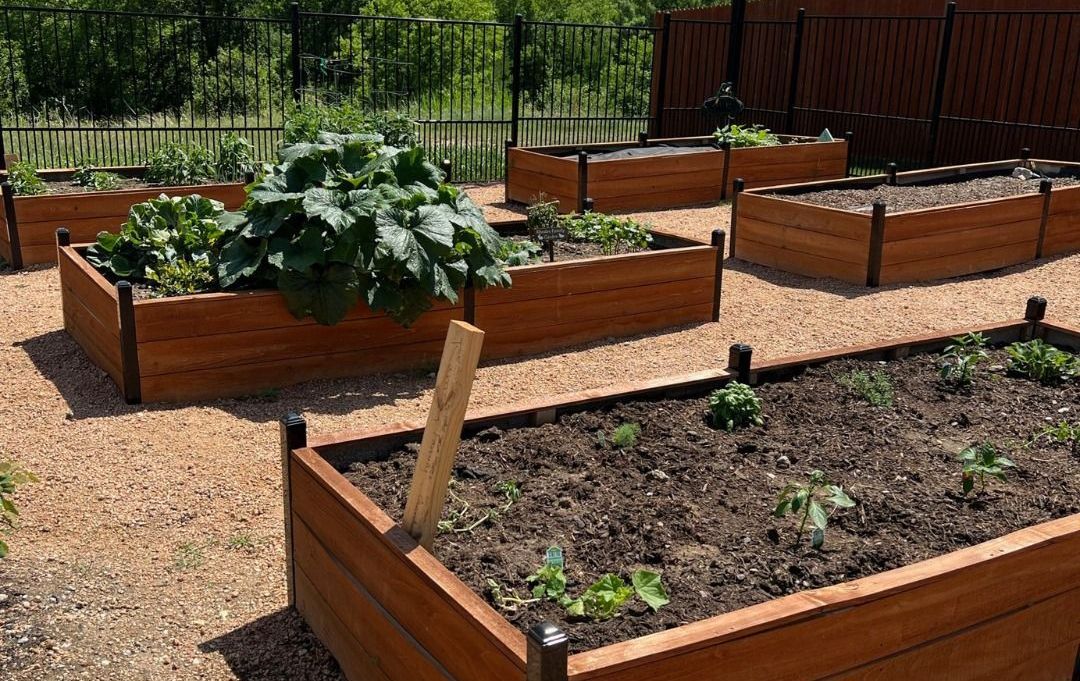
Saying that a community is “upscale” doesn’t mean there’s a lack of interest in communal spaces. The Morningstar DFW community garden may has luxurious touches, such as elegant design layouts, high-quality materials, or native landscaping that complement the overall neighborhood aesthetic. The development of a biophilic community space increases a community’s appeal and reflects its commitment to sustainability.
Grow WITH Us
Morningstar DFW is a very heathy place for families to thrive. Residents share many communal spaces like a swimming complex, a community center, and miles of blue and green spaces. A community garden emphasizes the community values interconnectedness—not just between humans and nature, but also among neighbors. Planning a community garden is about more than planting vegetables—it’s about sowing seeds for a healthier, more connected, and sustainable lifestyle.
A garden reflects the cycles of life, from growth and bloom to renewal, each phase representing the natural balance and sustainability of the garden. Come visit Morningstar DFW and discover the perfect place to cultivate the life you've always wanted. From thoughtfully designed spaces to opportunities for connection and growth, Morningstar DFW is the perfect place to put down roots!
Schedule
a visit today!
